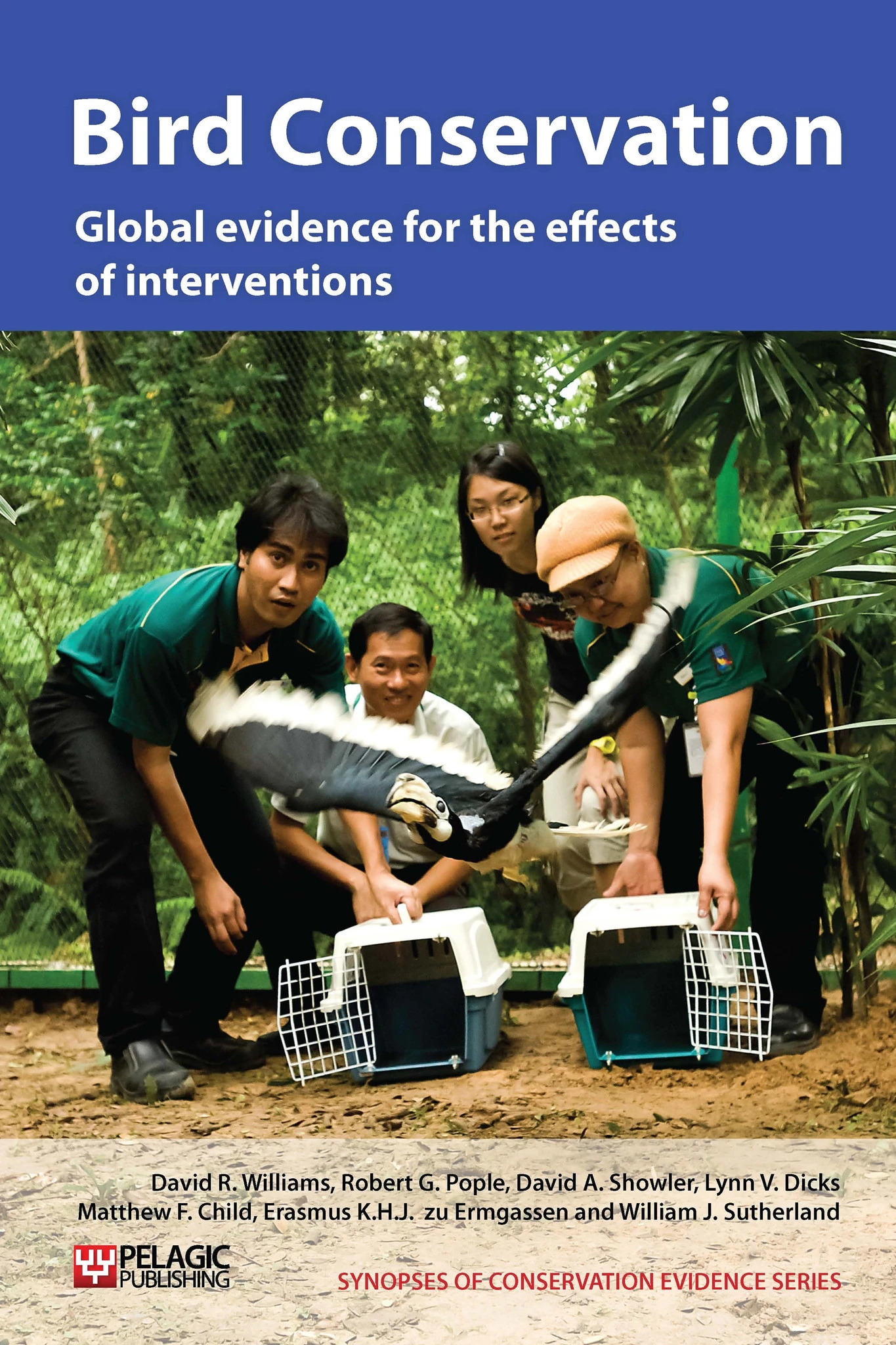Use selective harvesting/logging instead of clearcutting
-
Overall effectiveness category Trade-off between benefit and harms
-
Number of studies: 7
View assessment score
Hide assessment score
How is the evidence assessed?
-
Effectiveness
65% -
Certainty
60% -
Harms
30%
Study locations
Supporting evidence from individual studies
A replicated study in 1993-1994 in mixed forests in the Missouri Ozarks, Missouri, USA (Annand & Thompson 1997), found that four species (hooded warbler Wilsonia citrina, northern parula Parula americana, Acadian flycatcher Empidonax virescens and red-eyed vireo Vireo olivaceus) were more abundant in 22 stands under selective logging or in 12 mature stands, than in 12 clearcuts or 12 shelterwood stands. Eight species were less abundant in selectively-logged forests than in clearcuts and two were less abundant than in mature forest.
Study and other actions testedIn deciduous forest in Illinois, USA, a replicated study in 1990-1991 (Robinson & Robinson 2001) found that parasitism by brown-headed cowbirds Molothrus ater was significantly higher on Acadian flycatchers and Kentucky warbler Oporornis formosus in recently selectively-harvested compartments, compared to compartments 10-15 years post-harvest; and compartments uncut for at least 40 years. Parasitism on wood thrush Hylocichla mustelina and northern cardinal Cardinalis cardinalis was unaffected by cutting and no species had consistently greater nest losses attributable to predation in cut than uncut forests.
Study and other actions testedIn oak-hickory forest in the Missouri Ozarks, USA, in 1991-2000, a replicated, randomised, controlled study (Gram et al. 2003) found no consistent differences in bird community responses to even- (i.e. clearcutting) and uneven-aged (i.e. selection cutting) management. However, some mature-forest species, such as overbirds Seiurus aurocapillus were less common on even-aged sites, whilst some early-successional species were more common on these sites. This study is discussed in more detail in ‘Clear or open patches in forests’.
Study and other actions testedA replicated study in deciduous forest in 1998 in Algonquin Provincial Park, Ontario, Canada (Jobes et al. 2004), found that white-throated sparrow Zonotrichia albicollis, chestnut-sided warbler Dendroica pensylvanica, and mourning warbler Oporornis philadelphia were significantly more abundant in stands recently (1-5 years previously) subject to single-tree selection harvest than in other treatments (logging 15-20 years previously or controls). Ovenbird abundance was approximately 50% lower in stands logged either recently or 15-20 years previously than in controls. Management was designed to mimic natural small-scale disturbances that create forest gaps. In June-August 1998, birds were surveyed in: 24, 1-5 years post-harvest stands; 23, 15-20 years post-harvest stands; and 24 stands subject to no harvest for over 30 years. Shrub and slash cover was highest in recently logged stands and appeared important in influencing bird species composition.
Study and other actions testedA replicated study in 2000-2001 in Ouachita National Forest, Arkansas and Oklahoma, USA (Alterman et al. 2005), found that three early-successional species were more abundant in three ‘seed-tree’ stands (10-25 mature trees left/ha), compared to in the openings made by group-selection harvesting (typically 10% of stand cut every 10 years in patches of 0.8 ha or less). This study is discussed in detail in ‘Clear or open patches in forests’.
Study and other actions testedA replicated study in 2001 in 30 Douglas-fir Pseudotsuga menziesii stands in the Coast Range of Oregon, USA (Walter & Maguire 2005), found that stands managed with group selection cuts had lower species richness of cavity-nesting birds using artificially-created snags and fewer nesting birds than clearcut stands with trees retained. This study is discussed in detail in ‘Provide deadwood/snags in forests’.
Study and other actions testedA replicated study in April-June 2003-2004 in three bottomland hardwood forest wildlife management areas in Louisiana, USA (Heltzel & Leberg 2006), found that 14 species were more abundant in 12 stands that had been subject to selective harvest either recently or 12-18 years previously, compared to 12 control stands (not harvested for at least 30 years). Three species were more abundant in control stands than in harvested ones. A further 18 species did not differ between stands.
Study and other actions tested
Where has this evidence come from?
List of journals searched by synopsis
All the journals searched for all synopses
This Action forms part of the Action Synopsis:
Bird Conservation
Bird Conservation - Published 2013
Bird Synopsis





)_2023.JPG)














